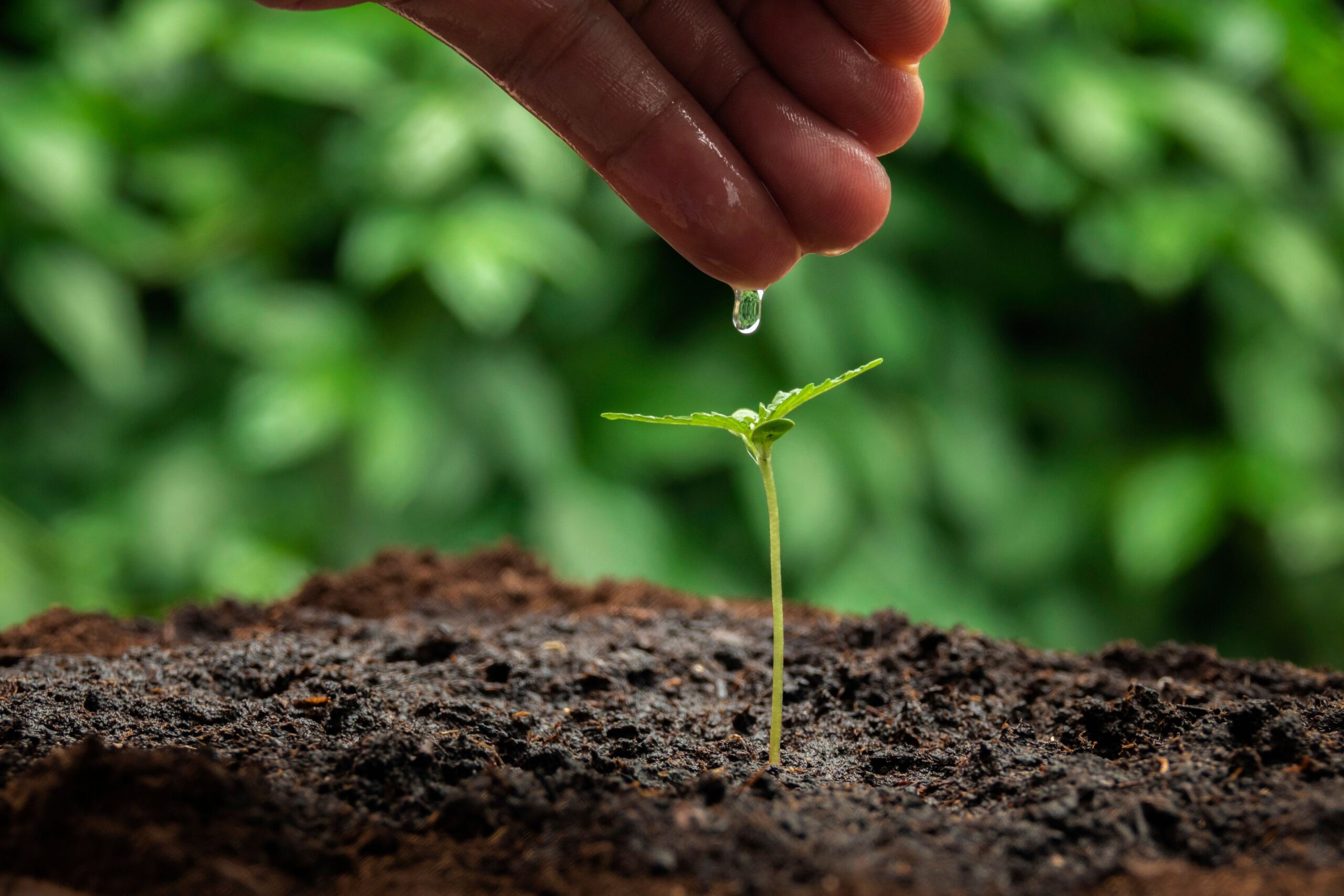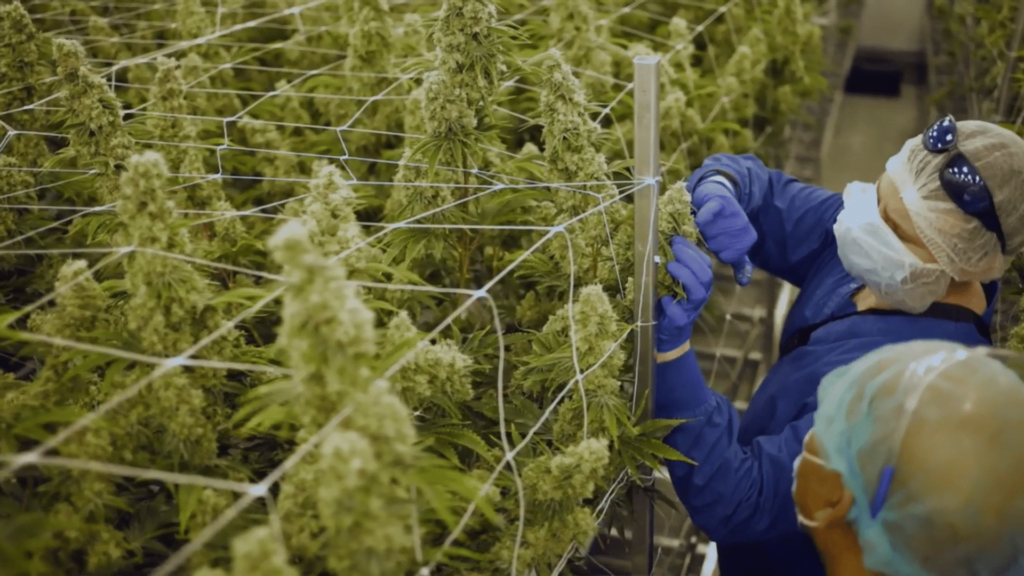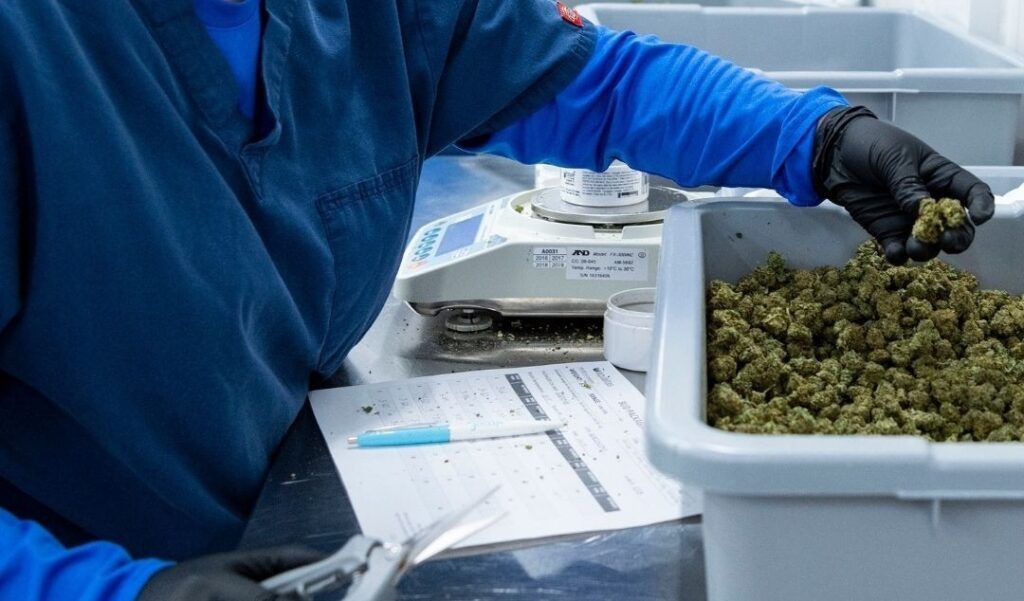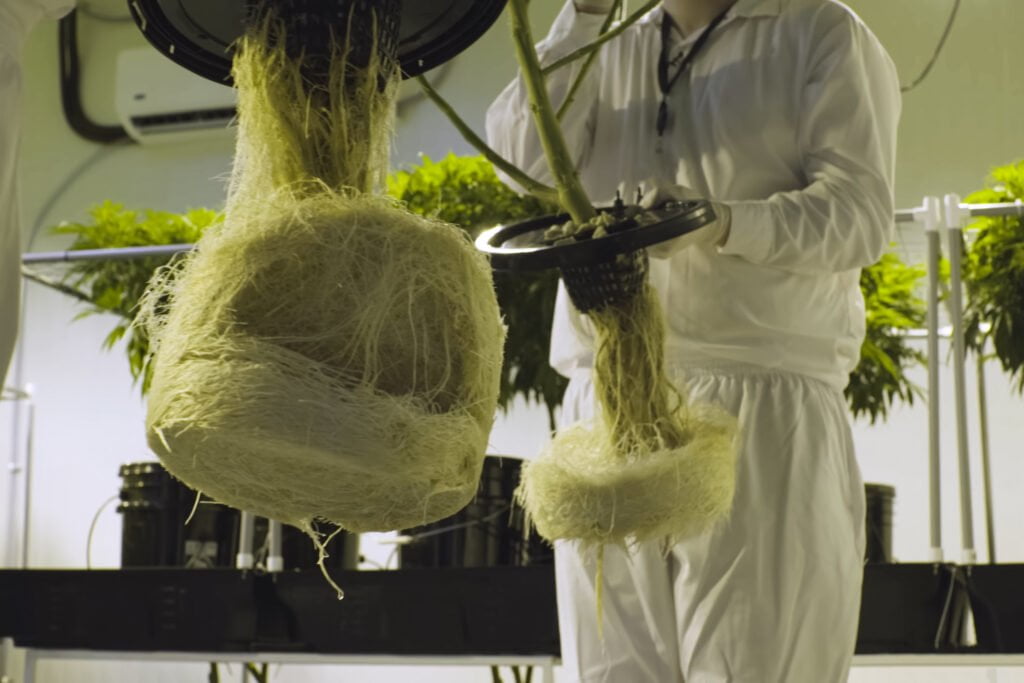7 Golden Rules of Watering for Healthier Cannabis Plants and Better Revenue
“Watering isn’t just giving water; it’s an art.”
—– Erik Duivenvoorde, Brand Representative @ CANNA Canada
Water is an important component of photosynthesis, the process of converting sunlight, carbon dioxide, and water into oxygen and sugars. There are rules of watering for healthier cannabis plants that you need to know, for your plant’s growth and maintenance.
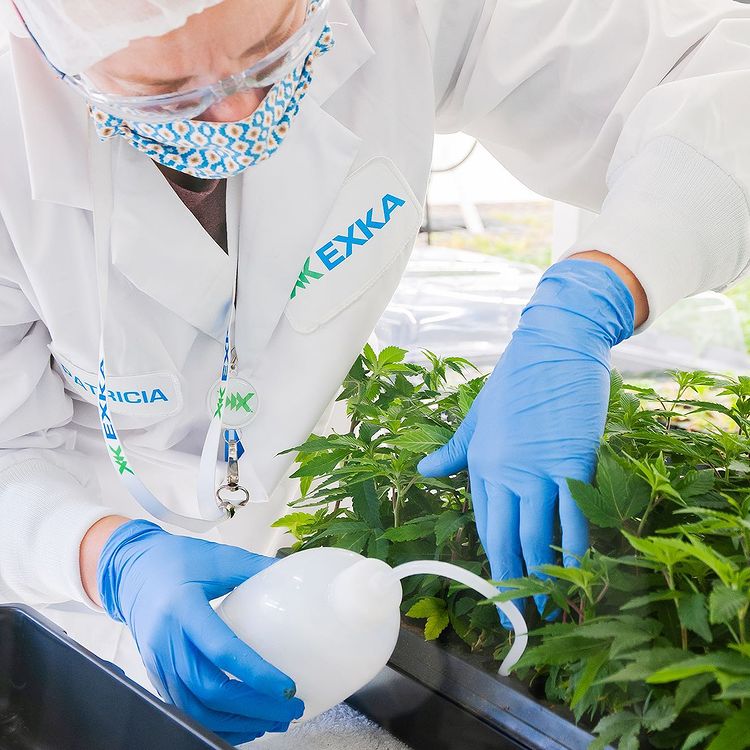
As forest plants are able to survive when no one is watering them everyday, we would think that watering can be taken for granted. Right? Erik Duivenvoorde, Brand Representative @ CANNA Canada disagrees. You must have a watering regimen. He says that right watering practices are important and often overlooked. He, himself, is guilty about it, and has faced the consequences in many ways.
In his talk titled “Watering and the Nutrient Balance” during The Grower’s Source Expo, Erik talks about the importance of correct watering practices, the role of the roots in water and nutrient absorption, and the golden rules of watering for healthier cannabis plants. We outline all of these topics below to help guide you in your root caring regimen.
A Watering Strategy?
Watering your cannabis plants may sound simple and straightforward. What could be so complicated about it? However, Erik says that having a good watering strategy is still the best. He says that the majority of issues that growers face with their plants are due to bad watering habits or not having a watering strategy at all. Growers could spend time optimizing for other factors when the problem lies in the watering habits they have. The good news is that you can optimize for the perfect water and climate for your plants indoors.
“Perfect watering will lead to high grade yields, and it’s free of charge.“
—– Erik Duivenvoorde, Brand Representative @ CANNA Canada
Healthy Roots, Better Water and Nutrient Absorption
Roots are important in your overall cannabis production. They are in direct contact with the soil, and a lot of what happens above the ground will depend largely on what is happening beneath. When you have good roots, your plant can have better nutrient uptake, and ultimately, high crop yields. If this does not make a grower happy, what will?

“Your roots are talking. They can tell you if they’re happy.“
—– Erik Duivenvoorde, Brand Representative @ CANNA Canada
How would you know if your roots are fine? You will see pristine white roots of different calibers from the top to the bottom of the pot. Lots of root hairs will also be present.
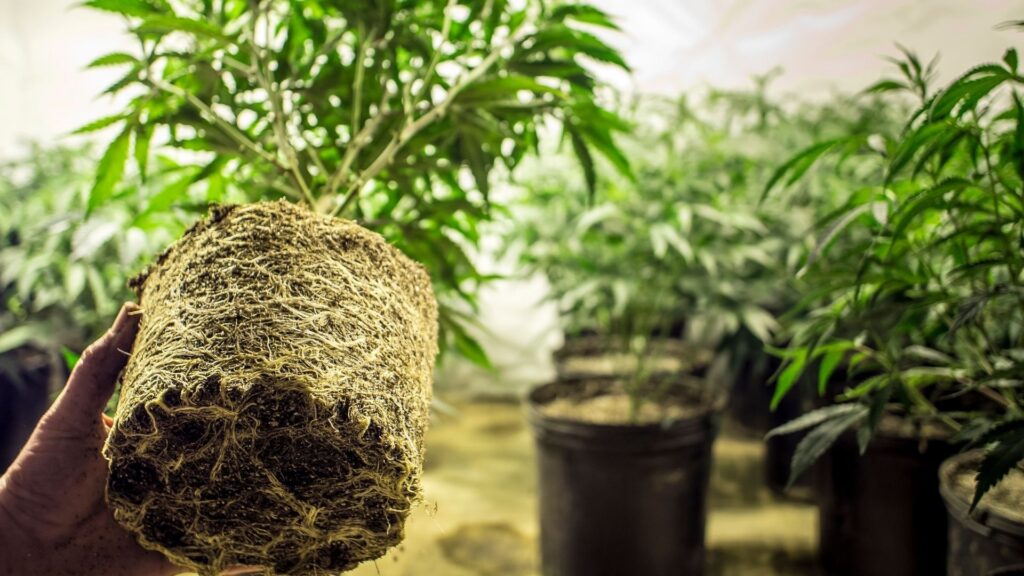
Roots grow towards the water-rich part of the soil. When it cannot reach water, it searches for it and grows to where water is available. In this case, your plants will need more energy to produce more roots, and more energy also means more photosynthesis and more water needed. Bad watering can make your root biomass higher than it should be. This is a waste of energy for your plant, and the root biomass could have been leaves or buds that you can sell.
“Create better roots, you get better nutrient uptake; and of course, healthier crop[s] [means] higher yields.”
—– Erik Duivenvoorde, Brand Representative @ CANNA Canada
Another important factor to consider is climate. Nutrient absorption largely depends on water uptake, and climate takes a role in this process. The overall climate in your growing space depends on temperature, lighting, and humidity, and these factors can make water uptake more possible or less possible or more efficient or less efficient. You may find an elaborate explanation of these factors in this article about photosynthesis. As a nutrient company, CANNA focuses both on nutrients and on the quality control of these nutrients. So what must you do to make sure your plants receive the right amount of water and nutrients?
Below are the golden rules of watering for healthier cannabis plants as presented by Erik in his The Grower’s Source talk.
The Golden Rules of Watering
1. Weigh your pots
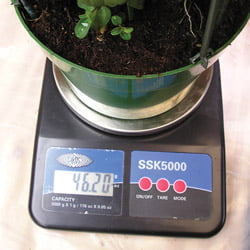
For you to constantly monitor the amount of water you give your plants, Erik advises to weigh your pots. Add water to your pots until 10-20% of the water runs off of the pot from the holes underneath. Take note of the weight. Your next watering schedule will be when the pot weight goes down to 50% of the original. Of course, your plants will gain weight as they grow. In this case, Erik advises to group the plants by size so you can plan watering better.
“Simply water your container until you have about 10 to 20% runoff. The next watering will simply be when that weight is at 50%.”
—– Erik Duivenvoorde, Brand Representative @ CANNA Canada
2. Do not over- or underwater your plants
Growers need to maintain a well-distributed root system throughout the medium. Too much or too little water can promote slow development of the roots, dry and brittle roots, or uneven distribution of healthy roots in the medium.
Overwatering suffocates the roots
The sugars that plants produce during photosynthesis are also used by the plants themselves to power processes related to growth and maintenance. They do these processes by producing energy primarily through respiration. This process needs oxygen to proceed. You know what happens when you are underwater? You cannot breathe, right? The same thing happens to your plants when they are overwatered or submerged in water for long periods of time. Not allowing the roots to breathe can cause them to eventually suffocate and die. Overwatering can also cause slow root growth, less oxygen, and 100% relative humidity. Roots will grow only in the upper part of the pot. Allow your plants to dry out a bit so they can use up the minerals and absorb oxygen.
“Overwatering symptoms can resemble all kinds of other problems… Unfortunately, it’s often the last thing we feel needs attention.”
—– Erik Duivenvoorde, Brand Representative @ CANNA Canada
Overwatering can resemble problems caused by other factors. Some of these problems include discoloration and nutrient deficiency symptoms, drooping leaves, and curled up leaves, which may look like a bug issue. It can also mimic symptoms of cold stress, in which the stems look purple. Imagine yourself spending money trying to solve all these problems when you only had to adjust your watering habits to get those healthy plants. Erik adds that troubleshooting may be easier for you if you use CANNA nutrients and mediums, which are well-rounded and balanced-based. In this way, you would have an idea on the amount of components that you put in your plants, and you can adjust accordingly.
Underwatering decreases yield and quality
Underwatering or not watering your pots frequently enough will lead to a lot of dead root matter in the upper half of the pot. These roots will not be white, but yellow or brown, and will be brittle to the touch. In drier conditions, roots grow faster as they search for moisture, have higher oxygen availability, and have humidity lower than 100%. Plants that encounter scarcity in water would often have higher root biomass than the one that is appropriately watered. Instead of spending their energy on growing the shoots and flowers, your plants will be busy taking care of the roots, which can eventually lead to lower yield.
The climate of your greenhouse is important for a better transpiration rate and photosynthesis. You may also find a comprehensive explanation of this topic in this article about photosynthesis. Further worsening the effects of climate is underwatering, which can affect the consistency of your medium and make it struggle to find and hold moisture. Shrunken medium will simply drain water away along the sides. Consequently, your plants will become more susceptible to pests and diseases, which ultimately impact your yield and quality in a negative way.
“If there’s chronic under watering, the medium can shrink and lead to having the watering be even less effective.”
—– Erik Duivenvoorde, Brand Representative @ CANNA Canada
Underwatering can also resemble problems associated with other deficiencies. Leaves fall and look yellow and smaller. You will also encounter tip burns and even spots. Nutrient deficiencies will also be present, as well as high soil EC. If this happens, your roots will not be able to absorb nutrients efficiently. You may find more information about EC levels in this article.
3. Consistency is key
Inconsistent watering (sometimes watering too early and sometimes too late) will show lively and healthy roots mostly in the middle layer of the soil in the parts. However, the upper and lower layers of the soil will have fewer healthy roots. Consistent watering will help your plants avoid the shock that may be brought about by unpredictable over- and underwatering. This would also be a waste of energy for your plants.
4. Rules of watering for healthier cannabis plants, transplant at the right time
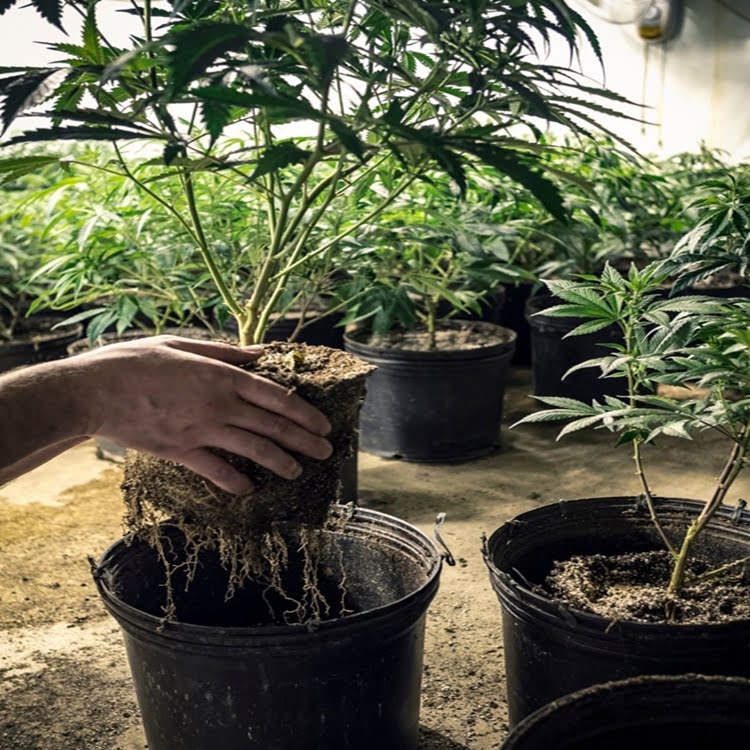
– Credits: Canva Stock Photos
When you are new to growing cannabis, transplanting can be a scary job, especially that after this point you can lose your plants. This can be a point of no return for you and your plants. So when is the right time to transplant? Girls in Green blog says you will know it is the right time when the roots hold on to the medium when you gently lift your plant. This indicates that your roots have occupied almost all the possible space it can go in the medium and will need a bigger pot to grow further. Leafly adds that another sign to transplant is when roots are already growing out of the holes in the pot. In general, cannabis can be transplanted once or twice from a smaller container to a larger one. The first one happens 4-8 weeks after seed germination, whereas the second happens 8-12 weeks after the first transplantation or two weeks before flowering.
Not transplanting your cannabis plants can choke the root system and will result in cramped tangled roots, which is called “root binding.” Your plants can get sick, stunted, or die. Rootbound plants can appear under-watered and have the same symptoms, as well as have stunted flower production and stem reddening.
“What does a healthy root system exactly look like? We see pristine white roots of different calibers. We have a top to bottom profile, which is due to the right timing of transplanting, and we see lots of root hairs.”
— Erik Duivenvoorde, Brand Representative @ CANNA Canada
Erik says that the right timing of transplanting will result in well-distributed roots in the pot and lots of roots hairs. The right timing will help your plants avoid getting shocked and have a short recovery delay. If you transplant late, your plants will have stunted growth and the roots will die.
5. Use appropriately sized pots for transplanting
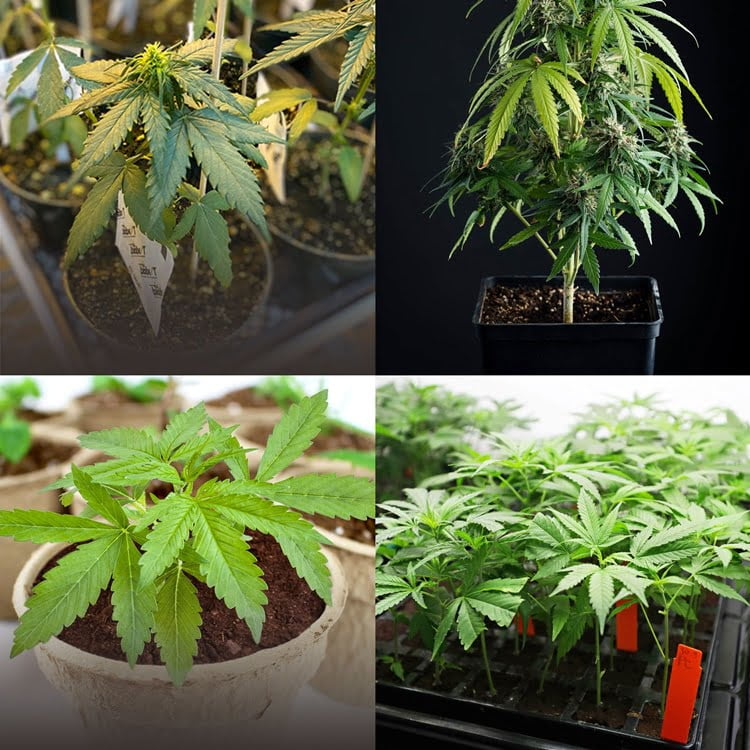
The fifth of our rules of watering for healthier cannabis is, you can transplant your cannabis once or twice, but make sure that you use appropriate pot sizes for a specific development stage. Small containers would not be able to hold enough water to sustain your plants. Therefore, you will get root binding. On the other hand, too big containers will cause the water to sit in the pot for too long, which may lead to root rot.
“Appropriate-sized plants for appropriate-sized pots, not from a jiffy into a two gallon. Stage the transplanting so the roots can evenly develop throughout the medium.”
—– Erik Duivenvoorde, Brand Representative @ CANNA Canada
When you use a big pot for a small plant, Leafly advises avoiding watering all of the soil and only keep the water near the young roots. They also listed the advisable pot sizes per plant height (see below). Read the article here.
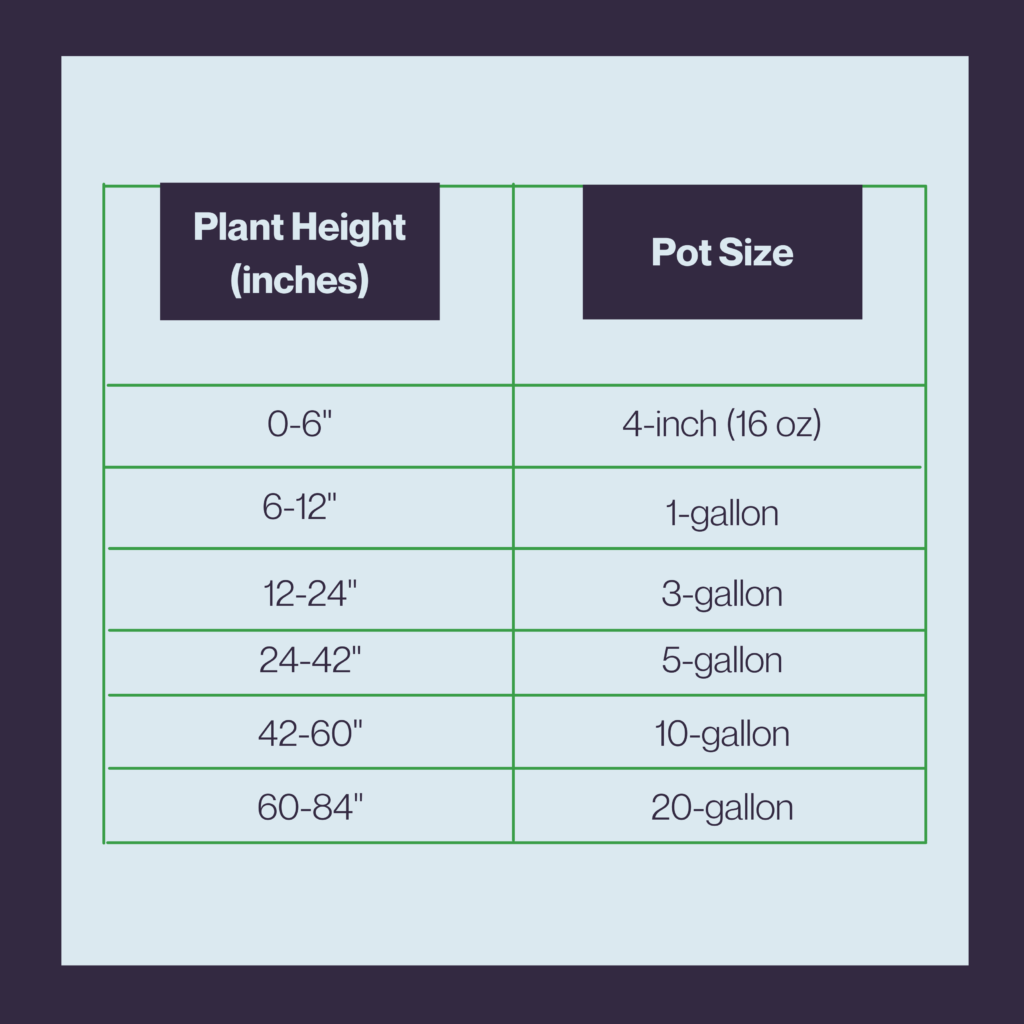
6. Take note of the humidity
What happens below the ground is also affected by what happens above. Transpiration or the loss of water through the stomata is highly dependent on the humidity. When the air is moist, there is less evaporation and less water uptake. Less nutrients will get absorbed by your plants, and they might have overwatering symptoms in the long run. On the other end, too little humidity can dry out your plants and soil, too.
So what are the ideal relative humidity (RH) levels for your cannabis plants? The answer is “it varies,” but CANNA listed some rules of thumb in this article. In general, seedlings must have RH levels between 65-80%, vegetative plants at 55-70%, flowering plants at 40-55%, and late flowering plants at 30-40%. This should give you a baseline for RH optimization until you figure out the perfect conditions for your plants.
7. Water temperature also matters
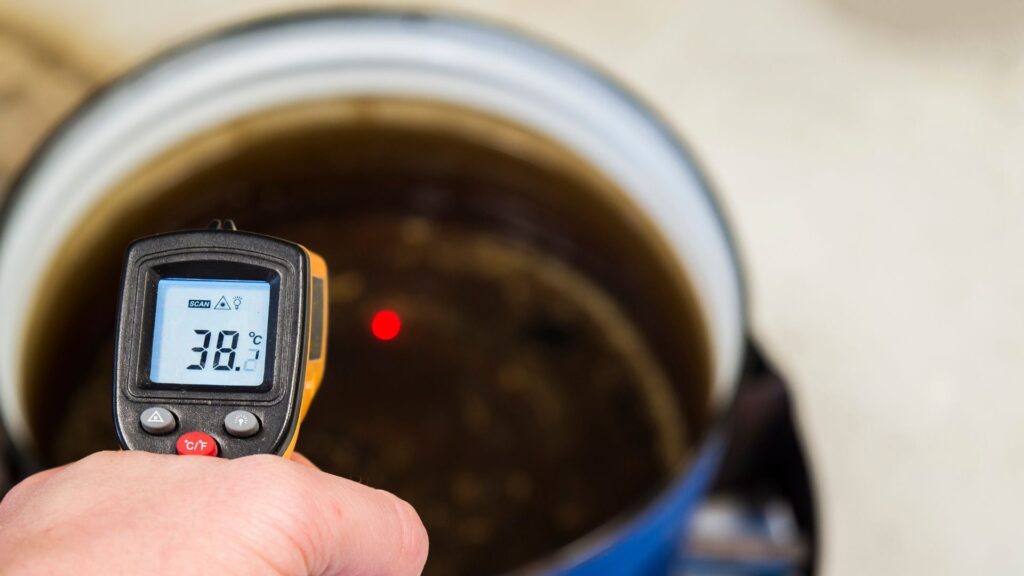
Cold water prevents the roots from absorbing water from the soil fast enough. Thus, you should take note of where you place your pots as plants that are directly placed on concrete floors usually have this problem. If the water is too warm, there will not be enough oxygen in it, and this will also stop the roots from taking up the water efficiently.
The water temperature must be between 18°C and 22°C. In the summer, the temperature must be closer to 18°C, and in the winter, it should be closer to 22°C. Make sure to monitor your plants because you cannot simply add extremely cold or hot water to your pots to correct the temperature. This would stress your plants and might kill it.
The development of your roots determines the overall health of your plant during the whole growing cycle. A good watering regimen helps your roots maintain conformity and consistency and absorb nutrients more efficiently. People absorb better concepts when their mind is healthy, right? Same thing with the roots. When you have healthy roots, your plants will better absorb water and nutrients.
Erik ends his talk by reminding that CANNA will always be present to help and answer questions about cannabis growing. You may subscribe to our The Grower’s Source newsletter for more informative articles, follow and connect with Erik or send questions and queries to info@canna.ca, and the CANNA team will be there to help you.
Featured Image Credits: Canva Stock Photos

Want to keep the discussion going?
Log onto The Grower’s Source App to ask a question of our group of experts, or to read up on the latest comments on this topic.
You can also engage your fellow master and hobby growers about many other cannabis topics on your Grower’s Source App.

CONNECT
Connect and maintain relationships between you and other Canadian cannabis industry growers.
COLLABORATE
Overcome challenges together with your fellow growers, learn, develop collective knowledge and a global competitive edge.
GROW
Grow better, aim for sustainability, quality, and cost-effectiveness.




